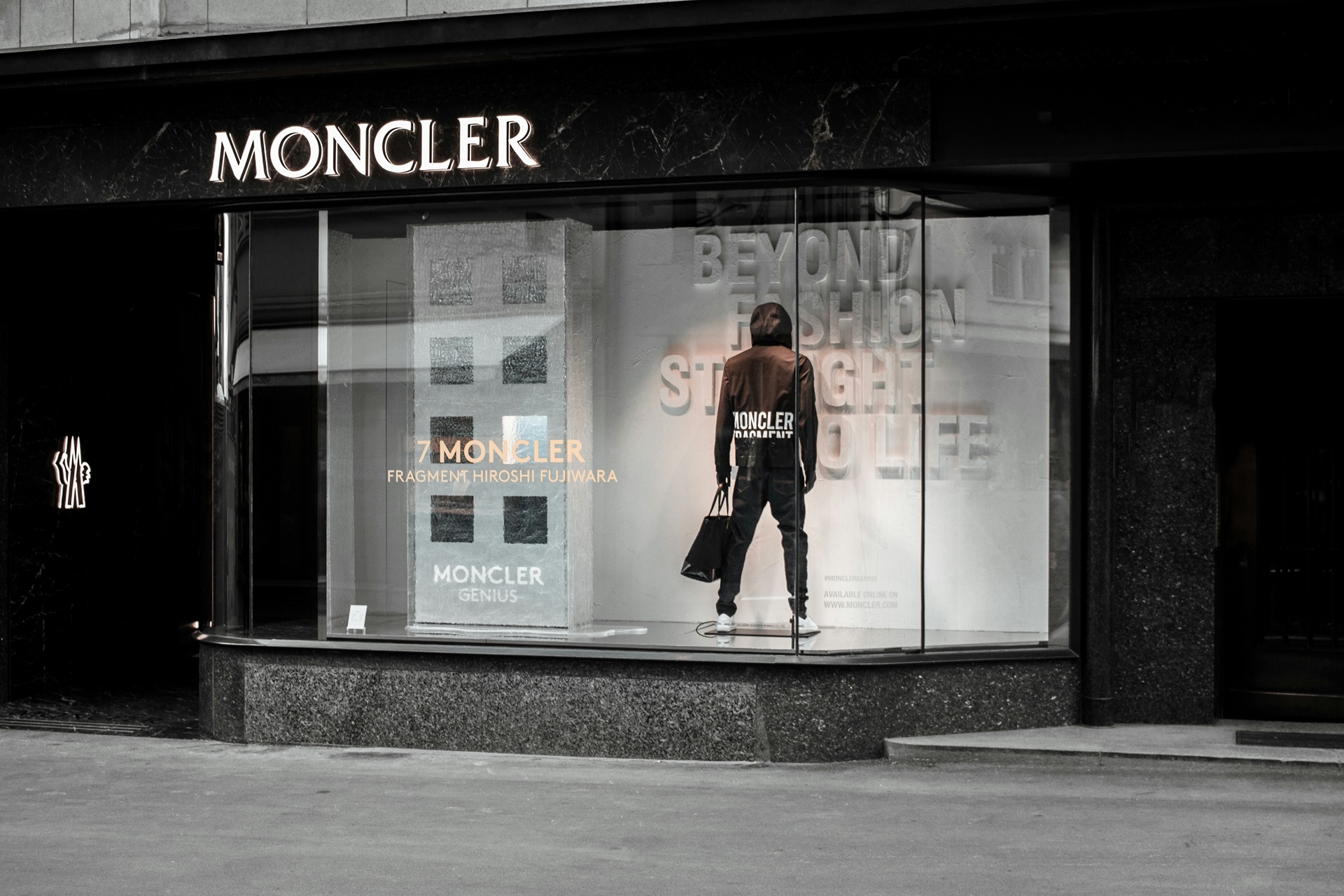
loyalty doesn’t come from being the one-night stand. Brands need to display consistent values, give back to their consumers beyond the point of purchase, and be present and engaged in youth culture.
‘Brand love’ is a divisive concept in the world of marketing. Is it a myth? Can people really ‘love’ brands? How is it measured? This month we explore the topic of brand love with the help of our youth research and data spanning over a decade. Regardless of whether it’s love or not, we discuss how it’s a concept that lies at the heart of brand loyalty, and one that youth marketers simply can’t afford to ignore.
What exactly is brand love?
Brand love is about emotion – consumers feel a certain way about the brands they choose to interact with (or indeed avoid). If love sounds too deep, think of it as a relationship – much like a friendship – based on emotions and a longstanding mutual trust.
Like any ongoing relationship, brand love must go beyond the transaction itself – it’s about the content you’re engaging with, the creativity that keeps the relationship fresh, and the trust that is built and reinforced over time.
Brand love is often linked to loyalty – the business objective behind the cultivation of brand love. Put simply, this means that brand love helps brands to stand the test of time, as we’ve seen recently in our research on – What Beyonces Beyhive Can Teach us About Brand Loyalty. This relationship goes both ways – it relies on people putting their trust in brands, and those brands consistently ‘being there for them’. As Keith Reinhard, ex-DDB Worldwide chairman notes, “Like a good friend, a good brand is always there when you need it.” [1] As such, brand love goes beyond brand affinity – believing your values and those of the brand are compatible – to an even deeper relationship.
Young people aren’t just investing in your products, but your brand’s values
We know that young people are looking for brands to stand for more than just products – they’re not just buying a coffee, they are buying into the world of your brand and the values that it stands for. Our recent work with The Guardian showed that 32% of young people have boycotted a brand, with the main reasons being due to unethical practices, animal cruelty and poor quality products.
Buying into your brand helps them to navigate the plethora of choice they’re faced with as consumers, and more so, to construct their own identity. They want to define what they want to stand for – the values of brands that they love are by extension the values they personally hold dear.
Cementing this relationship when people are young is critical for success – capturing hearts in their formative years allows that first love to develop into a longstanding relationship.
How to cultivate brand love
1. The right endorsements
In State of the Youth Nation, our youth insight tool for brands, we track brand love across categories by asking a scale question across 5 points from love to hate. We then compare how brands are performing overall and create groups based on the scores. We can see below some examples of how leading youth brands are growing their love in the sports, food and beverage categories.
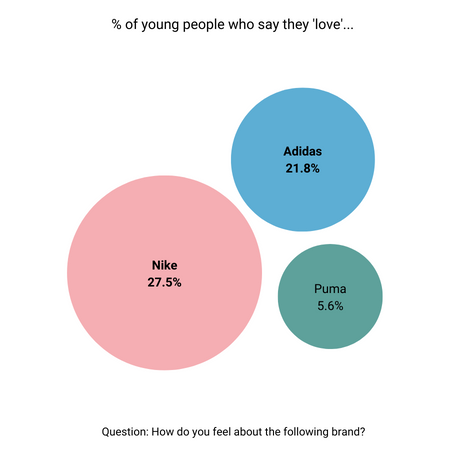
As Nike’s recent ‘Nothing beats a Londoner’ campaign demonstrated, capturing the hearts and minds of young people means aligning your brand with both them and their heroes. With its hyper local messaging, youthful imagery and street slang, it speaks directly to them and their world and communicates a message of togetherness which unites both young people and the figures they admire across the capital.
With a seamless mix of London’s best young talent across music and sports, both big name and unknown, Nike showed a keen understanding of what – and crucially, who – motivates their youth audience. Compare their use of Skepta, J Hus, Jorja Smith, Harry Kane, Mo Farah and Dina Asher-Smith (to name just a few) with PUMA’s reliance on a singular cultural icon, Rihanna and you can start to see why Nike is winning in terms of the sports brand love.
2. Take part in cultural conversation
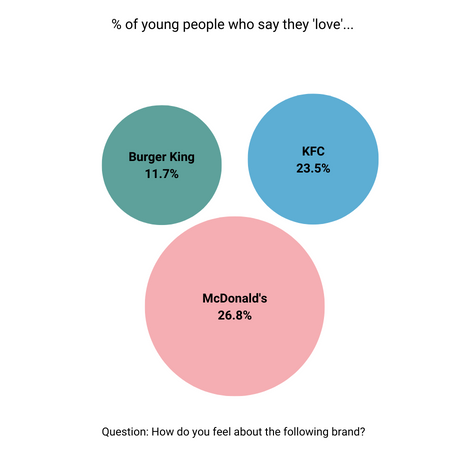
McDonald’s aren’t afraid to take on social issues in their campaigns, from a young man coming out in a 2016 ad to their controversial bereavement creative last year. This willingness to provoke discussion can also be seen in KFC’s recent tongue-in-cheek ‘FCK’ apology for their shortage of chicken – suggesting brands that are open to wider, frank discussions and talk directly to their audience to help them feel the love.
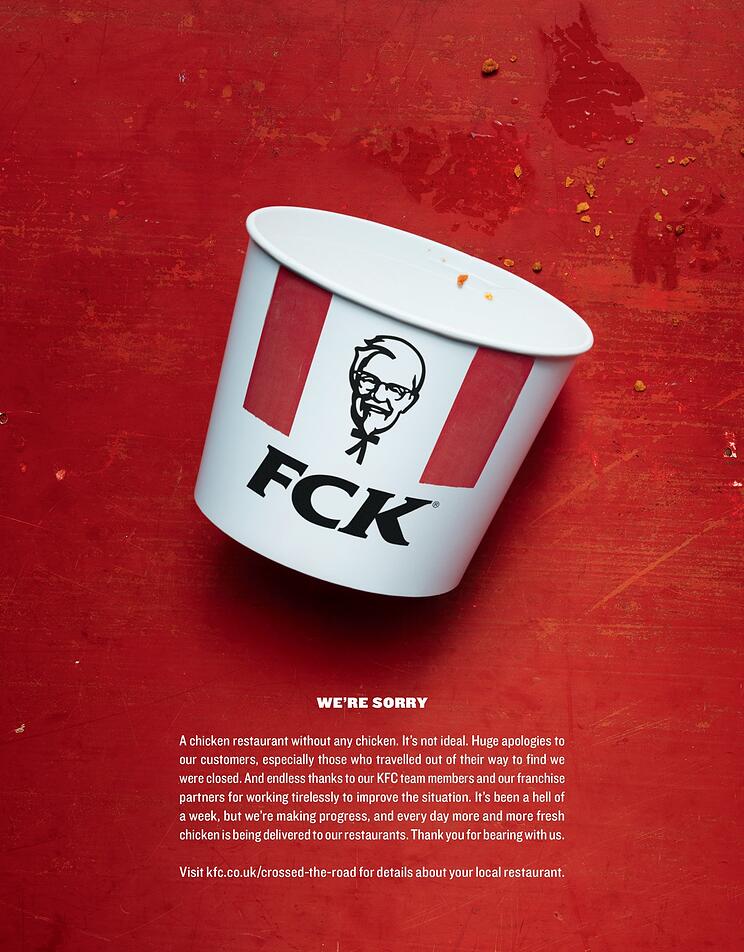
3. Show up in their day-to-day
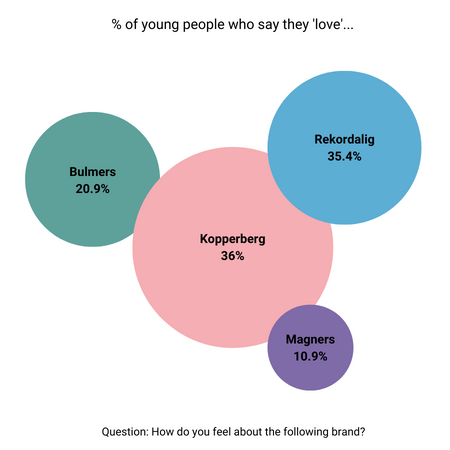
Although Swedish cider brands Kopparberg and Rekorderlig have further to travel to reach the UK than local brands Bulmers and Magners (British and Irish respectively), their higher brand love scores indicate that they’re working harder to win drinkers’ hearts. As well as their authentically ‘craft’ positionings and original flavour combinations, the secret to the Swedish brands’ success has been their ubiquity in young people’s favourite drinking spots, both pubs and broader cultural hotspots such as festivals:

We believe in first loves
Just as with friendships, no time is more crucial to form brand love relationships than in youth, even for luxury brands. To cement that love, brands need to play the role of a trusted friend – loyalty doesn’t come from being the one-night stand. Brands need to display consistent values, give back to their consumers beyond the point of purchase, and be present and engaged in youth culture and its discourse. And your reward? A love that lasts and helps your brand to navigate challenging and changing market conditions.
Ultimately, as with my search for coolness that culminated in Air Max, it will be the brands that contribute to the definition of young people’s identity that will win their love. But it’s hard to know if this is happening if you don’t check in with your audience – as with any relationship, it’s important to keep an open dialogue so you can be sure of how things are going. When it comes to brand love and resonating with youth audiences, our youth research and insight can help you. We work with universities, big global brands as well as smaller youth brands to keep their brand strategy on the right track.


